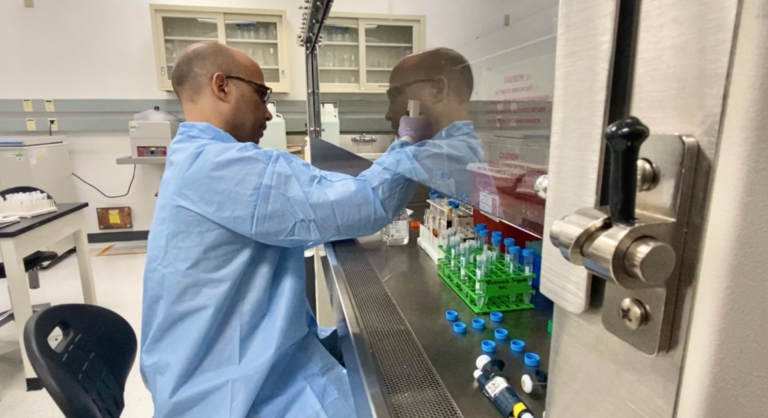A recent New York Times article provides an almost classic example of how poor reasoning can fuel conspiracy theories. The author claims to provide five pieces of evidence suggesting that Covid escaped from a laboratory in Wuhan, China. In fact, none of the evidence is convincing and some is factually inaccurate. Here I will focus on the first piece of evidence cited, the inferences we should draw from the fact that Covid occurred in Wuhan.
The article shows a graph of the “hundreds of major cities” within about 1,500 miles of the bat caves where Covid is believed to have originated:

We are then led to think that it would be an astonishing coincidence if Covid emerged naturally in the only town in this region which happens to have a major virology laboratory. But is this statement true?
In 1994, I got married in Beijing. Our honeymoon took place in Wuhan and Chongqing. Is it an “incredible coincidence” that my honeymoon was in the city where Covid originated? As we will see, the answer is no.
A more relevant example occurred in 2014, when virologist Eddie Holmes visited the Wuhan animal market, where Covid first spread to humans. He took a photo of a cage with a raccoon dog and theorized that it was the kind of place where a future pandemic could emerge:
What’s even stranger is that it turns out that one of the study’s co-authors, Eddie Holmes, had been taken to the Huanan market several years before the pandemic and introduced to raccoon dogs at one of the stalls. He was told, “This is the kind of place that contains the necessary ingredients for cross-species transmission of dangerous pathogens.” »
So he clicks on the photos of the raccoon dogs. In one photo, the raccoon dogs are in a cage stacked on top of a cage containing a few birds.
And at the end of our detective work, we checked the GPS coordinates of his camera, and we find that he took the photo at the same booth, where five samples tested positive for SARS-CoV-2.
I don’t know about you, but this seems like an even bigger coincidence than the emergence of the virus in Wuhan.
The New York Times article is false; Wuhan is not just one of hundreds of major cities, it is a Chinese city megacity. Southern China has four megacities (Wuhan, Chongqing, Chengdu and Guangzhou/Shenzhen), or five if we consider Guangzhou and Shenzhen as separate metropolitan areas. They are all hundreds of kilometers from the so-called “bat caves”. Pandemics are far more likely to emerge in these places than in hundreds of other Chinese cities. These cities have many wealthy buyers and huge animal markets that attract exotic species from all over China. Also dense populations and many visitors from elsewhere. Places that attract people and trade.
But let’s say I’m wrong and that these four Chinese megacities are nothing special. In this case, proponents of lab leaks face another problem. Unlike Covid (aka SARS-2), there is absolutely no doubt about how SARS-1 spread to humans in 2002. It first appeared near a food market. wild animals in the metropolis of Guangzhou. So those who reject my claim that southern China’s megacities are special have simply traded one astonishing coincidence for another. They must now explain why Covid emerged in the giant city of Guangzhou, and not in one of hundreds of other cities in southern China.
Here are the facts:
SARS-1 is known to have spread in an animal market about 900 miles from the bat caves. There were intermediate animal hosts.
SARS-2 first appeared in people who worked and shopped at an animal market about 1,000 miles from the bat caves. The famous virology laboratory was in a completely different part of the giant metropolitan area.
Please apply Occam’s Razor.
Most Americans have very limited knowledge of Chinese geography and are therefore easily convinced by the type of argument presented in the New York Times. So let’s take an American analogy. Imagine a pandemic emerges among people who work and shop near an animal market in Flushing, a Chinatown in New York. We know that pandemics have already started in these markets. SO someone on the internet points out that the pandemic began in “New York City”, which is also home to an extremely important virology laboratory at Columbia University. There may have been a leak in the lab and the infected scientist drove across town to do some shopping at an animal market in Flushing, thereby infecting other people.
Does this sound like a very plausible “conspiracy theory” to you?
Throughout history, many global pandemics began in southern China. Even by Chinese standards, southern Chinese are known for eating a wide variety of exotic animals. Southern China has a dense population, often living in close proximity to animal life.
Yes, the New York Times article also contains other “evidence”, all equally weak. These other points have been refuted here And here And here.


